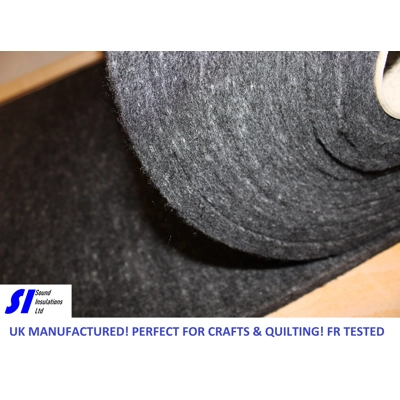
An Arctic chill can completely ruin your marine experience. Temperatures out on the water can particularly plummet at nighttime, especially on the open sea when there’s little to retain heat. Thermal insulation is one of the best ways to solve this problem.
Along with the darker hours, the coldest times on a boat include the early mornings. The period just before and after sunrise can be the coldest time of day as the earth and the water have lost most of their daytime heat.
Overcast and stormy weather can also contribute to more gelid temperatures. You might have read about the adventures of Arctic explorers who ran into tempestuous weather, with chillier temperatures adding to their miseries. In regions closer to the poles, such as the Arctic or Antarctic, temperatures can be extremely cold throughout the day and night, especially during their respective winter seasons.
During the winter months in any given hemisphere, the average temperatures are lower, and nighttime can be particularly cold.
Feel that chill wind? The temperature can feel much colder when it’s on the wind, particularly when your vessel is moving or there’s a strong breeze. To stay warm on a boat, it's important to dress in layers, use windproof and waterproof clothing, and ensure you have access to a warm, dry place below deck if possible.
Your boat’s thermal insulation is key for maintaining the right temperature.
Thermal insulation is important for a boat for several reasons, including our comfort levels.
Proper insulation helps maintain the right temperature inside the boat, preventing it from becoming too hot in summer or too cold in winter. This is especially important for liveaboard boats where people spend extended periods of time.
Thermal insulation also makes your boat more energy efficient. That’s because it reduces the need for heating and cooling, saving energy and reducing fuel consumption. This is crucial for boats that rely on onboard power sources, as it extends the efficiency and longevity of these systems.
Our thermal insulation can also help control condensation.
Insulation helps control condensation by maintaining a more consistent interior temperature, reducing the likelihood of moisture buildup. This is important because condensation can lead to mould, mildew, and corrosion, which can damage the boat’s structure and negatively impact indoor air quality.
It can also act as a sound barrier, reducing noise from your engine, the water and other sources outside your boat. This is vital for making a boat more comfortable and a pleasant place to spend time.
Protect sensitive equipment with insulation.
Insulated compartments can protect sensitive equipment and electronics from temperature extremes, ensuring they operate correctly and have a longer lifespan.
In some cases, thermal insulation can also provide a layer of fire resistance, helping to slow the spread of fire and giving occupants more time to respond in an emergency.
To sum up, thermal insulation is crucial for enhancing the comfort, safety, and efficiency of a boat, making it a more enjoyable and reliable vessel.
We provide a one-stop shop for boat and marine insulation products.
Boat Insulation is the ideal choice for boat builders and those in the refurbishment industries. With over 20 years of experience in this sector, we’re always happy to advise on the best solutions for your vessel.
So, where is thermal insulation best installed in a boat?
It’s recommended that thermal insulation is installed in the following areas to maximise efficiency and comfort:
The Hull and Deck.
Insulating the hull and deck helps maintain a stable internal temperature by reducing heat loss in cold conditions and heat gain in hot conditions. This is particularly important for boats used in extreme weather conditions.
Cabin Walls and Ceilings
Insulating the cabin walls and ceilings can make the living areas more comfortable by maintaining a consistent temperature. It also helps reduce condensation, which can lead to mould and mildew.
Engine Room
Insulating your engine room reduces the amount of heat transferred to the living areas of the boat, keeping them cooler. It also improves the efficiency of the engine by maintaining an optimal operating temperature and can reduce levels of noise.
Pipes and Ducts
Insulating pipes and ducts helps prevent heat loss in hot water systems and reduces the risk of freezing in cold climates. It also enhances the efficiency of heating and cooling systems.
Using thermal insulation materials like double-glazed windows or thermal curtains can significantly reduce heat transfer through these areas, improving energy efficiency and comfort.
We offer various types of thermal insulation materials, including foam boards which are easy to install and offer good thermal resistance.
Tips for the installation process.
First off, ensure that all gaps and seams are properly sealed to prevent air leaks, which can reduce the effectiveness of the insulation.
Secondly, it helps to use moisture barriers where necessary to prevent condensation and moisture buildup, especially in areas prone to dampness. Lastly, make sure that you maintain proper ventilation to avoid trapped moisture and ensure good air quality.
Find out more about our thermal insulation for boats. Or simply contact our friendly team for more information.












